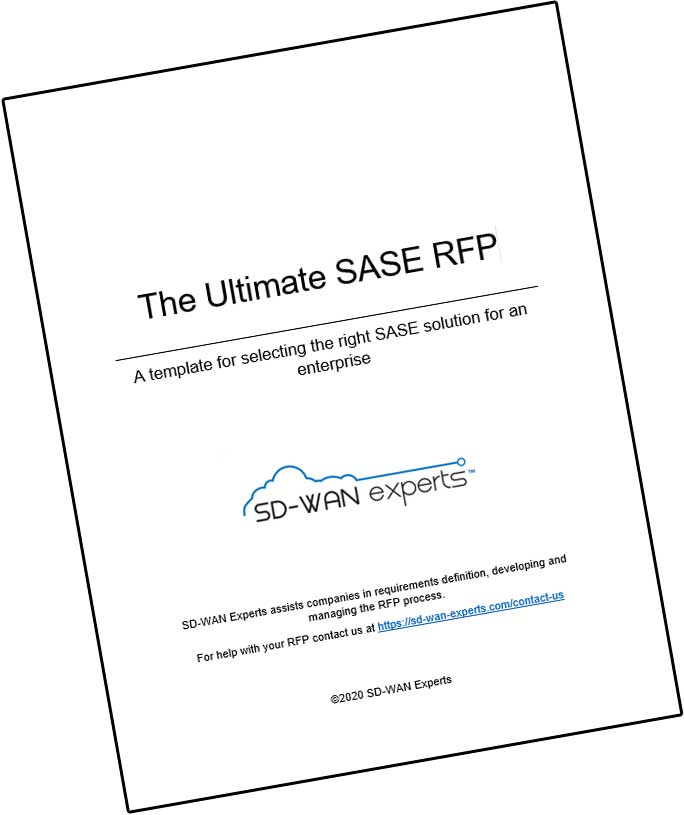We all use Ethernet as the network protocol of choice for our local area networks. For wide area networks, or WANs, the choices have been Frame Relay, ATM and MPLS.
With Ethernet advantages like efficiency and low cost, carriers and users have embraced it as the future of the WAN. WAN speeds using Ethernet are currently into the multiple gigabits per second range and increasing. But if your organization has traditionally used non-Ethernet WAN services, how do you decide if a migration makes sense? Here are some of the advantages and disadvantages of Ethernet for your WAN.
The evolution of Ethernet and WAN connectivity
While MPLS is widespread, Ethernet penetration of the WAN market has been growing in recent years. Even with dramatically cheaper prices for T-1 channels (i.e., $150 to $400 per month), the costs for Ethernet WAN service are very favorable (as little as $5 per megabyte, compared to T-1 at $200 to $300 per megabyte). The rapid acceptance of 10 Gigabit Ethernet service is a testament to Ethernet’s acceptance by the WAN and metropolitan area network communities. In reality, it’s likely Ethernet and MPLS will coexist and become increasingly difficult to decide between.
Ethernet versus MPLS versus others
Virtual private networks and their routing protocols can be managed two ways: by you or your carrier. In either case, the protocol of choice has been MPLS, as it can be used either at Layer 2 (where you control the routing) or Layer 3 (where carriers control the routing). By contrast, Ethernet is a Layer 2 protocol that gives users (and carriers if they are providing the service) routing control.
Ethernet advantages – Bandwidth
There are many advantages to Ethernet WAN protocols assuming high-speed (10 GbE and 100 GbE). For example, if your organization has several buildings or sites connected in a campus or metropolitan area, 10 GbE can be a cost-effective way to link these sites. This is because 10 GbE is a full-duplex protocol and is fully compatible with any Ethernet-based network. The 10 GbE standard, which also supports single-mode and multi-mode fiber systems, is expected to be compatible with twisted-pair copper, and can connect to SONET and SDH wide area networks. An all-Ethernet infrastructure greatly simplifies the entire network management process, because every device uses essentially the same protocol to communicate. By contrast, situations where multiple protocols coexist in the WAN mean that network management and diagnostic systems must be compatible with all protocols in use for network administrators to analyze network performance. The ultimate Ethernet advantage is high-speed, low-latency end-to-end communications.
Ethernet advantages – Speed
For most users, the 10 GbE standard will probably be entirely sufficient for most WAN and MAN applications, but very large users with heavy bandwidth and low latency requirements should find the 40 or 100 GbE standard worth considering.
Decision criteria for Ethernet on WANs
When examining other Ethernet or VPLS advantages and disadvantages for WAN connectivity, consider the following:
- Analyze costs, performance, latency, reliability, technical support and security.
- analyze your network performance data and compare it with your test of Ethernet performance data;
- research vendor and carrier experience; or
- retain an experienced network consultancy, like SASE Experts to provide an analysis.
- Determine your medium- and longer-term demands for bandwidth, throughput and latency, and analyze them against your current WAN infrastructure. Will the current WAN be sufficient? How easy/difficult/costly will it be to boost WAN performance?
- How important is it to have an all-Ethernet infrastructure from cost/benefit and performance perspectives versus your current mixed-protocol environment?
- How important is it for your WAN to link to other organizations, like subsidiaries or supply chain members, and will a difference in network protocols affect your organization’s business operations?


